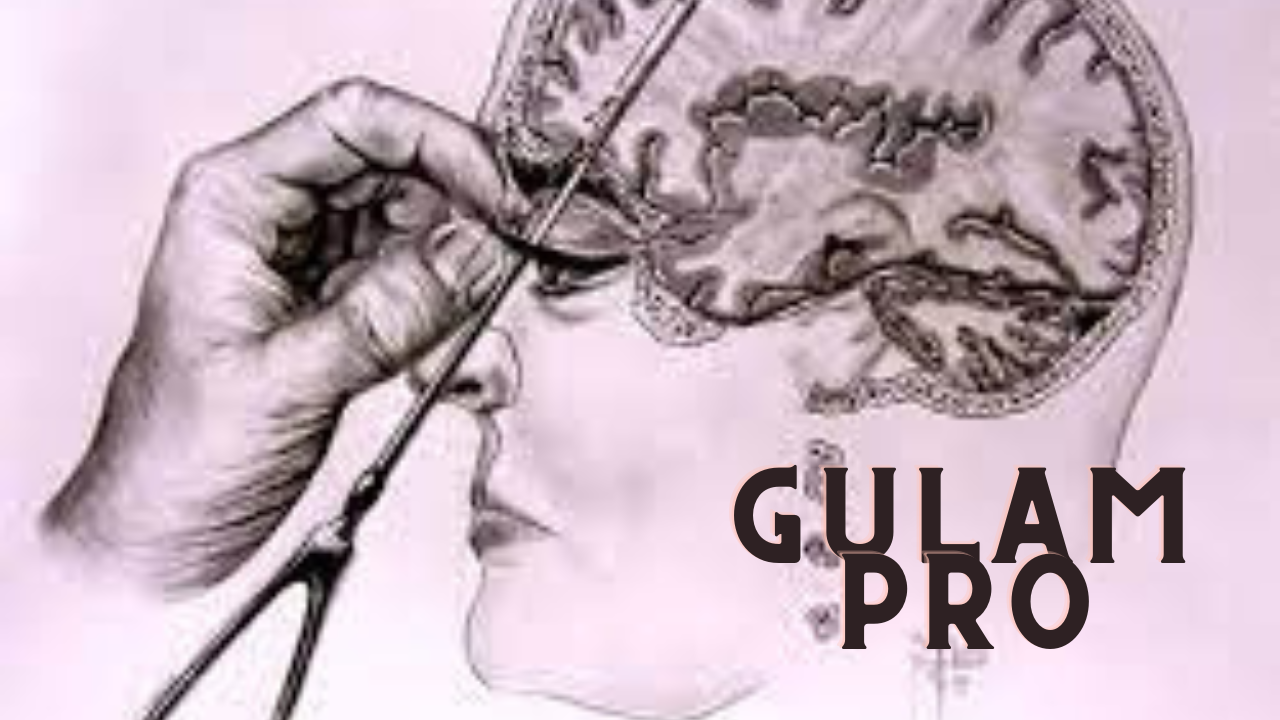A Lobotomy’s Shadow: From Desperate Hope to Ethical Nightmare

A Grim Legacy:
The word “lobotomy” conjures up images of chilling medical practices and tragic human stories. This once-touted treatment for mental illness, involving the severing of connections in the brain, has become a symbol of medical hubris and ethical transgressions. But understanding the lobotomy’s history demands a nuanced approach, acknowledging the desperation it arose from, its initial glimmer of hope, and its ultimately devastating consequences.
Desperate Times, Desperate Measures:
The early 20th century saw a surge in mental health diagnoses with limited effective treatments available. Asylums overflowed with individuals deemed “incurably insane,” suffering from conditions like schizophrenia, depression, and anxiety. In this bleak landscape, lobotomies emerged as a radical solution.
The Pioneering Years:
The first lobotomy is attributed to Portuguese neurologist Egas Moniz in 1935. He targeted the frontal lobe, believing it housed the source of emotional disturbances. Initial reports suggested some patients showed improvement, calming their anxieties and violent outbursts. This sparked international interest, attracting figures like American neurologist Walter Freeman, who further popularized the procedure.
From Surgical Scalpel to Ice Pick:
Freeman, however, sought faster, cheaper methods. He developed the transorbital lobotomy, inserting an instrument through the eye socket to sever frontal lobe connections. This barbaric technique, often performed under local anesthesia, led to devastating consequences for many patients.
The Dark Side of Hope:
While some patients experienced reduced anxiety or violent tendencies, lobotomies came at a heavy cost. Many suffered personality changes, becoming apathetic, childlike, or even intellectually impaired. The procedure also carried significant risks of infection, seizures, and even death.
Ethical Questions and a Turning Tide:
Concerns about lobotomies mounted. Critics denounced the lack of informed consent, the dubious effectiveness, and the ethical implications of altering personality. The development of safer and more effective psychiatric medications like antipsychotics further marginalized lobotomies.
By the late 1950s, lobotomies largely fell out of favor. However, their legacy continues to resonate.
Beyond the Medical Nightmare:
The lobotomy’s story extends beyond the operating room. It raises profound questions about the boundaries of medical intervention, the power dynamics between doctors and patients, and the societal perception of mental illness.
Ethical Dilemmas:
The lobotomy saga serves as a stark reminder of the potential for ethical lapses in medicine. It highlights the importance of informed consent, rigorous research, and ongoing ethical scrutiny of medical practices.
Mental Health Stigma:
The lobotomy’s association with violence and “craziness” reinforced negative stereotypes about mental illness. It’s crucial to remember that individuals with mental health conditions are not inherently violent and deserve empathy and understanding.
The Road to Recovery:
The lobotomy’s victims and their families deserve recognition and support. Efforts to document their stories and advocate for ethical mental healthcare practices are ongoing.
Conclusion:
The lobotomy’s legacy is a complex one, marked by both desperate hope and devastating consequences. As we move forward, understanding its history is crucial to ensure ethical and effective mental healthcare for all.
Further Exploration:
- Ken Kesey’s novel “One Flew Over the Cuckoo’s Nest” fictionalizes the impact of lobotomies.
- The documentary “The Lobotomist” explores the life and work of Walter Freeman.
- The National Library of Medicine provides historical resources on lobotomies.
Remember: This article is just a starting point for your exploration of the complex and sensitive topic of lobotomies. Always seek out diverse perspectives and factual information when forming your own understanding.






